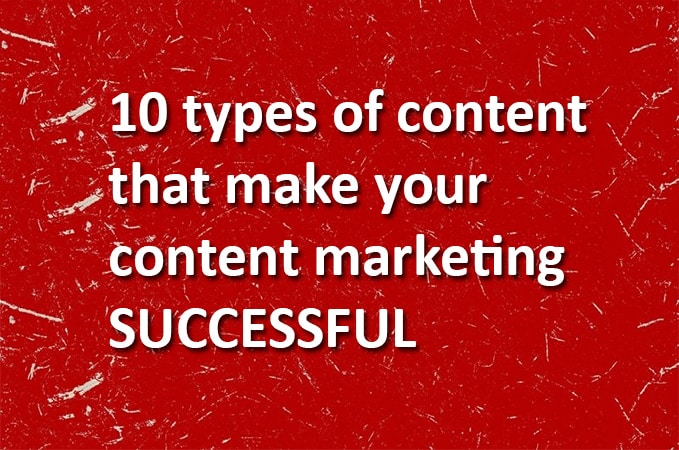 To engage customers with your brand, along with other platforms you also need to focus on your mobile marketing campaign. According to Search Engine Journal, “4.2 billion people access social media sites via mobile devices with 189 million Facebook users being ‘mobile only’.”
To engage customers with your brand, along with other platforms you also need to focus on your mobile marketing campaign. According to Search Engine Journal, “4.2 billion people access social media sites via mobile devices with 189 million Facebook users being ‘mobile only’.”
This means that your website must be optimized for mobile use, and the content you share needs to be short, to the point, and interesting to potential customers reading small pieces of content on their mobile devices.
To engage your target demography, you need to create content that has a message people want to share with their friends and family.
Concentrate on Your Target Demography When Creating Content
Your potential customers are using their mobile devices more than ever before. When you concentrate on your target demography and write content they find interesting, you need to make it easy for the content to be shared on social media platforms.
Keep your content focused on your message, and don’t create content that is boring. When your content is unfocused, it is going to fall flat no matter where you share it. When you are creating content, strive for quality over quantity every time.
Keep Your Content to the Point
When you are creating content for use on mobile devices, keep your content to the point. Your content should be broken up into readable portions, including:
- The use of bullet points makes your content easier to read.
- Content needs bold sub titles to break up long paragraphs.
- Short, to the point sentences make your content easier to digest.
Increase Your Mobile Marketing with an SMS Texting Platform
SMS texting platforms offer you several opportunities to reach your customers where they spend their time the most, on their mobile devices. To use an SMS texting platform, you must create an opt-in campaign to get permission to send marketing messages to your customer base.
Once you have members signed up for your texting campaign, you can create valuable content and share it with your customers through text messaging. While text messages offer you a number of opportunities to engage with your customers, one is to send links to the blog posts you create for your website.
Texting Offers Instant Access to Your Customers
The ability to text your customers at a moment’s notice is invaluable when it comes to mobile content marketing strategies. You can offer deals that are time-limited, and you can target specific customers based on where they are located.
If you have multiple locations for your business, this is an excellent way to keep track of your customers and only send out messages to customers that will be able to cash in on your deal. An SMS texting software opens up a whole new avenue of mobile marketing, and it is essential in today’s competitive business world.
Getting People to Share Your Content
To get customers to share your content, it should have a strong message and say something about the person sharing it. For example, content that makes a statement is going to be shared more than content that doesn’t have anything new to share. While you don’t want to create content that is offensive, content that has an edginess to it is more likely to go viral. When you want your content to be shared, it should be interesting to read.



